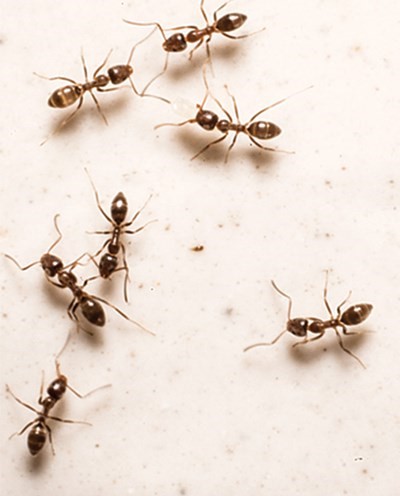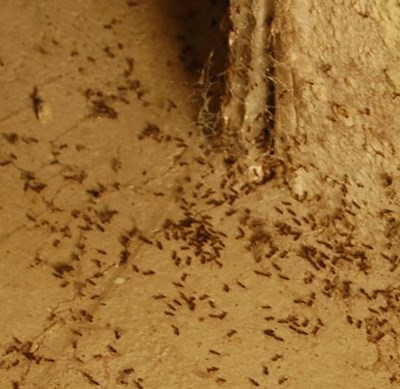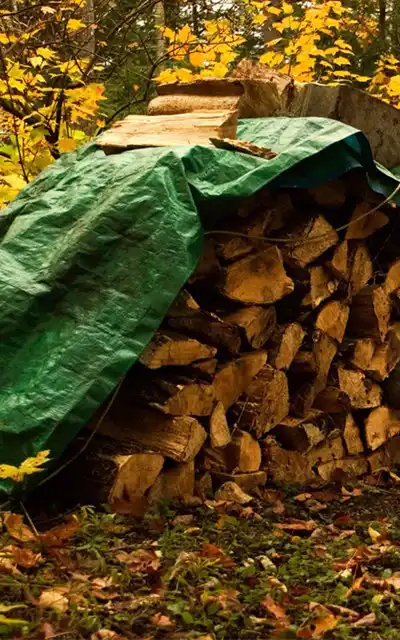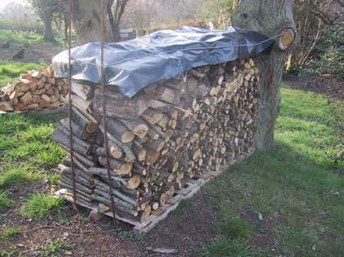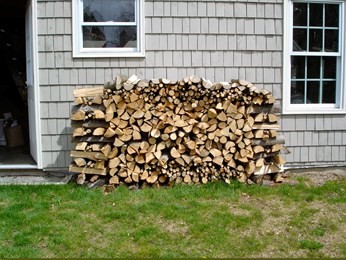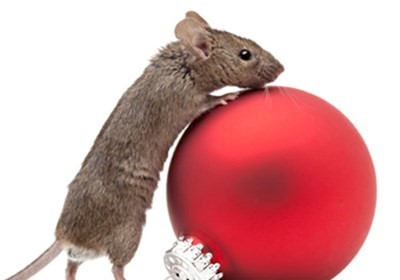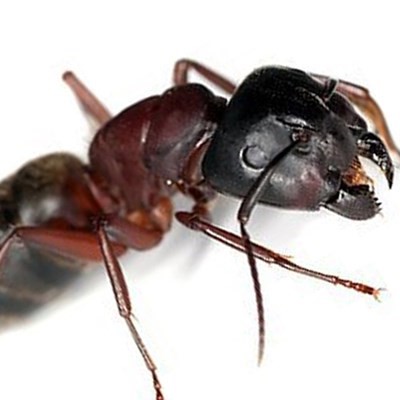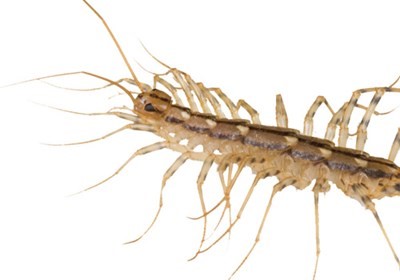Home maintenance isn’t just about checking for repairs and keeping your home clean and organized; it should involve regular pest inspections too. At a minimum, you should have your home inspected for pest infestations or threats every 12 months. And here’s why:
- Proactive Prevention – Properly taking care of your home and family often times means being proactive in home maintenance. Operations Manager, Dave Markee, explains “Because we live in a cold weather climate for part of the year, the foundation and building products of our homes expand, shift, and crack during colder weather. This creates openings for pests, especially rodents.” It is important to catch any pest activity before it gets out of hand and major damage is caused to your home.
- Financial Security – By using our pestfree365 program, you can feel secure that an infestation isn’t going to set you back financially. With BAN, a Service Specialist comes to your home once a quarter to perform services and keep your home pest-free*. Some commonly unnoticed pests are carpenter ants, which can cause damage to window frames and foam board in siding without you noticing. Regular pest inspections can prevent your budget from taking a hit by catching pests like carpenter ants early.
- Value Preservation – If you are thinking of selling your home, you may want to consider having a pest inspection done before you put it on the market. If any pest problems are found, you can have them solved before you put your home up for sale. This will help preserve the value of your home with early detection and treatment. On the flip side, it is fairly common for people to call us and have an inspection done before they decide to buy a house. Better to be safe than sorry!
- Health Concerns – Health issues associated with household pests are wide-spread and range from chronic allergies to asthma. Cockroach allergens are common culprits for asthma in children. Making sure your home is free of pests can reduce or eliminate health issues you or your family may have.
- Peace of Mind – Pests are very small creatures, but they can cause headaches and impact your quality of life. At the end of the day, we all want to know that our family is safe in our own home and are protected from the effects of pests. Your home is one of your most valuable possessions and it should be protected from anything that could cause damage to it.


